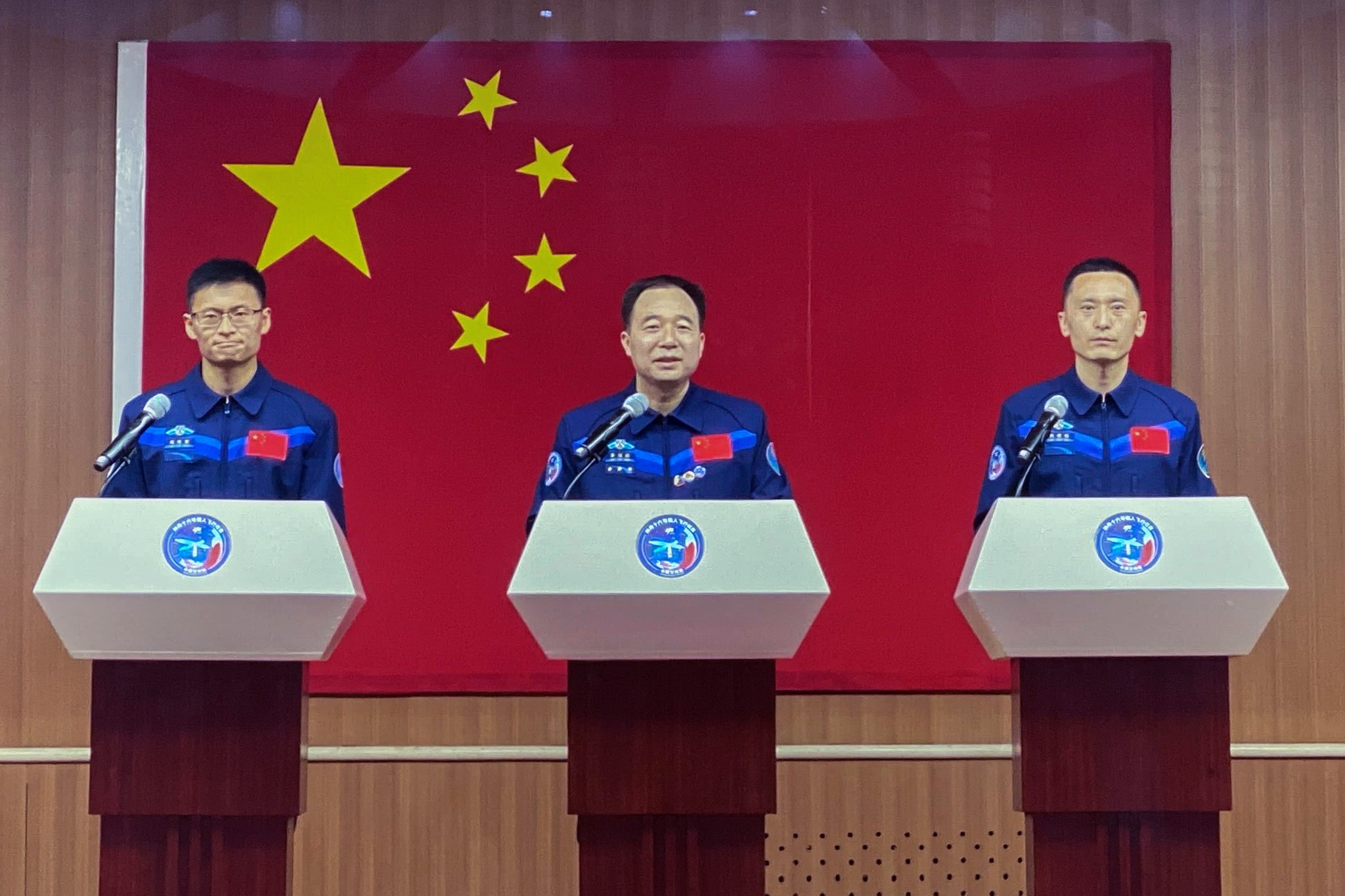

walked on the lunar surface during NASA’s Apollo 17 expedition in December 1972. This event is frequently viewed as the zenith of the U.S. space initiative. At that time, the Apollo–Soviet space competition was a Cold War contest for international status, scientific superiority, and ideological representation. In the present day, a fresh lunar competition is emerging, this time involving the United States and China. The similarities are notable: two superpowers advancing high-tech innovations, racing against time, and claiming authority over extraterrestrial influence. Additionally, this time there is no assurance that the U.S. will prevail.
Nevertheless, the circumstances are somewhat different this time. The Cold War’s stark geopolitical split has transitioned into a more multipolar and competitive environment, where commercial entities, alliances, and domestic politics assume increasingly significant roles. Furthermore, the U.S. now faces evolving budget priorities, a divided industrial sector, and dependence on private collaborators. Simultaneously, China is following a state-driven, long-term strategy with a reduced number of public contracts. Should China manage to land astronauts on the moon ahead of NASA, the consequences will echo well beyond just lunar footprints.